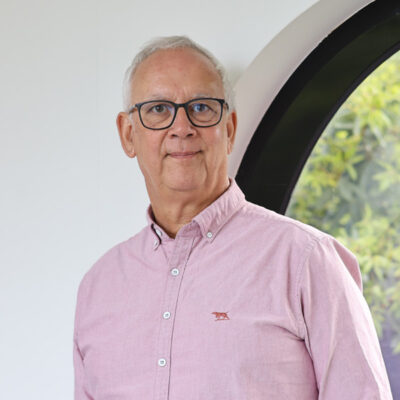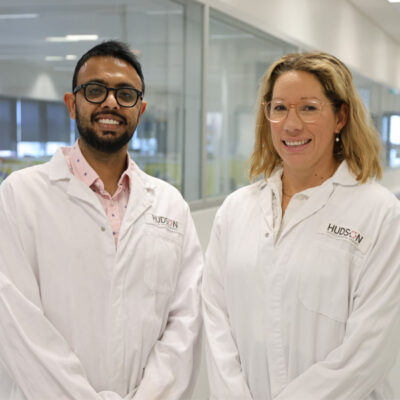Boys, girls and intersex conditions
By Hudson Institute communications
Hudson Institute researchers are closer to understanding the fundamental processes that make embryos develop as male, helping the 1 in 5000 babies that are born intersex.

Scientists had already established that the protein, SOX9, is a crucial regulator of male sex development, directing the testes to form within a developing embryo; yet how SOX9 did this remained a mystery.
A new collaborative study, led by Hudson Institute’s Professor Vincent Harley and published in Nucleic Acids Research has solved the puzzle, opening up the potential to help people born intersex with diagnosis and treatments.
The team identified in preclinical models that SOX9 works with two other proteins to turn hundreds of genes on or off to form the testes.
In addition, they made the completely unexpected finding that SOX9 can cut messenger RNA, effectively creating a different message in males and females. This phenomenon, sex-specific RNA splicing, had previously only been described in vinegar flies.
“SOX9 ‘turns on’ male genes, like a switch turning on a light bulb, to determine the sex of an embryo. Before we made this discovery, we did not understand which light bulbs these were, or how many SOX9 need to switch on to be male,” said Prof Harley.
“This research provides the first insights into how SOX9 controls testes formation through its unique control of genes. It also improves our understanding of what genetic pathways are activated,” said Prof Harley. “In babies born intersex, these pathways go awry.”
With this knowledge, scientists will be able to identify genes involved in male sex determination and examine their role to improve diagnosis and treatments for genetically based sex development disorders.
Disorders of sex development
Around 1 per cent of babies are born each year with a disorder of sex development, or with an intersex condition, where their genetic, hormonal or physical sex characteristics (genitals, gonads and chromosome patterns) are not typically male or female.
The research was led by Hudson Institute (Prof Harley, Aleisha Symon and Dr Rowena Lavery) and the University of Montpellier in France, in collaboration with laboratories in Argentina and France, with assistance from the Victorian Life Sciences Computation Initiative (VLSCI – supported by the Victorian Government).
Contact us
Hudson Institute communications
t: + 61 3 8572 2761
e: communications@hudson.org.au
In this article
About Hudson Institute
Hudson Institute’ s research programs deliver in three areas of medical need – inflammation, cancer, women’s and newborn health. More
Hudson News
Get the inside view on discoveries and patient stories
“Thank you Hudson Institute researchers. Your work brings such hope to all women with ovarian cancer knowing that potentially women in the future won't have to go through what we have!”





